Stage 1
During the day are too many tourists there (for my taste) to make good pictures. Unfortunately I had on this trip no time to wait of the sunset and the absence of people. Here, therefore, only a few impressions of the Castle and the surrounding countryside, because permanently tourists ran into my picture or left colorful dots in the Landscape.
Eilean Donan Castle
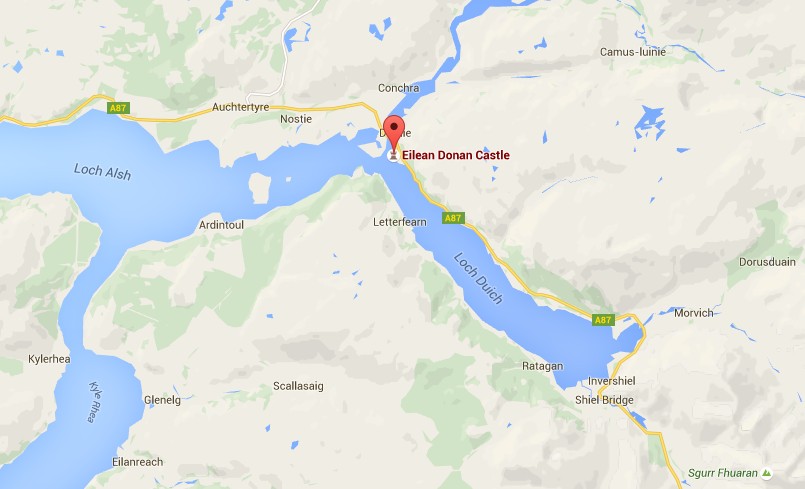
Eilean Donan is recognised as one of the most iconic images of Scotland all over the world. Situated on an island at the point where three great sea lochs meet, and surrounded by some majestic scenery, it is little wonder that the castle is now one of the most visited and important attractions in the Scottish Highlands.
6th / 7th Century
The name Eilean Donan ‘Island of Donan’ established probably through use as a chapel site by Saint Donnan of Eigg.
12th / 13th Century
First castle built on the island possibly by either King Alexander II or III to help strengthen defences against the Danes or by Farquar II, Earl of Ross.
1715
Garrisoned by Government troops but retaken by the Jacobites before the battle of Sheriffmuir.
1719
Occupied by Spanish soldiers, part of a force of 300 who landed on the west coast to support the Jacobite uprising. Government frigates responded by bombarding the Castle and reducing it ruins. Afterwards, the Captain Herdman of the Enterprise went ashore to destroy the powder magazine – it exploded and destroyed much of the remaining Castle.
1719 – 1911
The ruins lie abandoned.
(Source http://www.eileandonancastle.com/about/timeline )
In 1984 it featured in the movie Highlander with Christopher Lambert and Sean Connery. Upstairs there are 3 b/w photographs taken of the set during filming. Other movies have featured the castle (see below) since it is so picturesque.
Eilean Donan Castle Ghosts
Spanish Soldier
During the Jacobite rebellion, 46 Spanish soldiers were stationed here when the castle was attacked by several government boats, leading ultimately to their death and the castles’ destruction. One of the more well known ghosts of Eilean Donan is believed to be that of one of the soldiers that died that day. His eerie apparition has been seen often in the gift shop, clutching his head underneath his arm.
Lady Mary
The apparition of Lady Mary has been witnessed many times in one of the bedrooms in the castle.
On the day are too many tourists there (for my taste) to make good pictures. Unfortunately I had on this trip no time to wait of the sunset and the absence of people. Here, therefore, only a few impressions of the Castle and the surrounding countryside, because permanently tourists ran into my picture or left colorful dots in the Landscape.
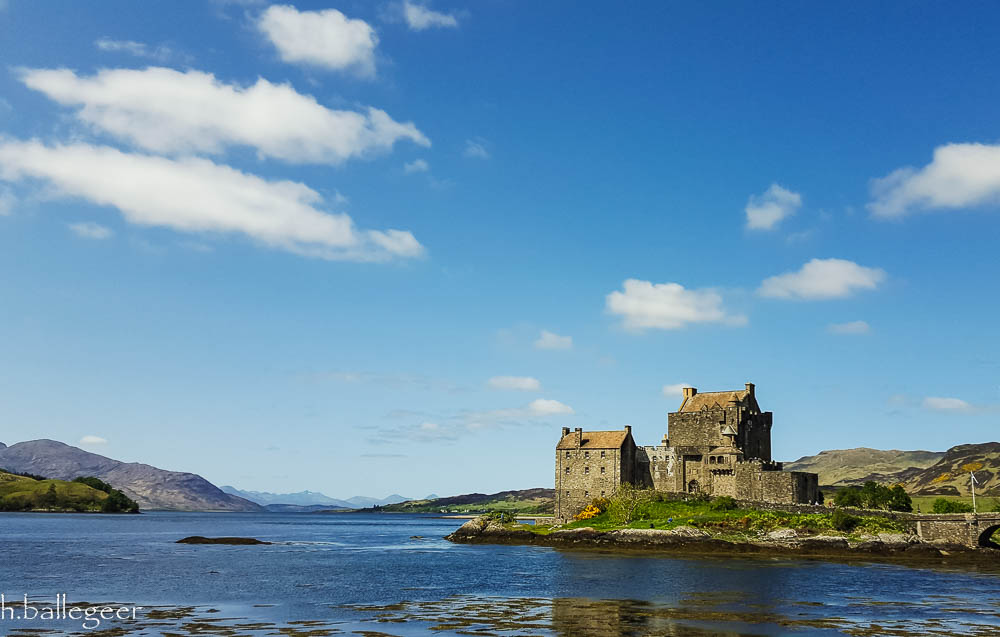
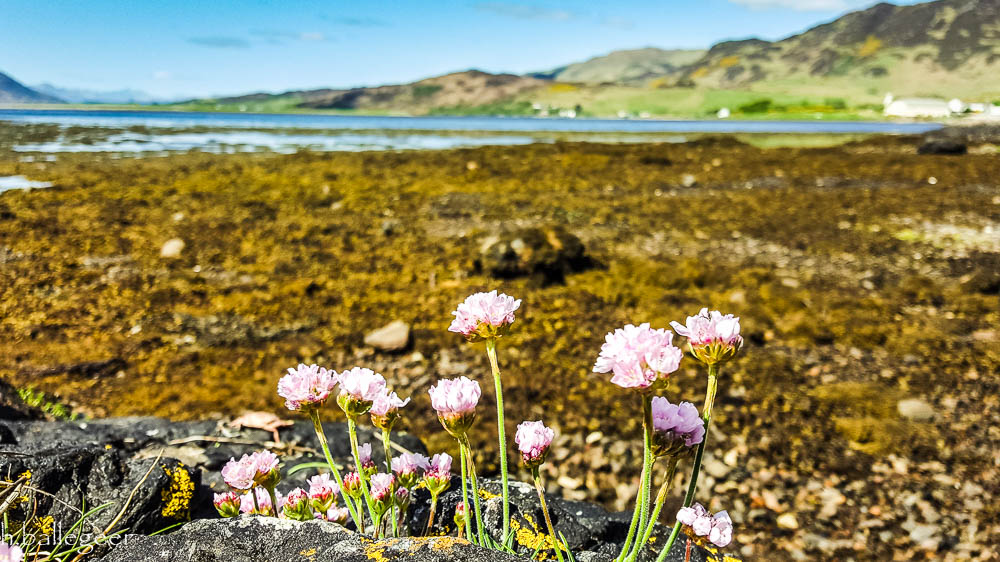
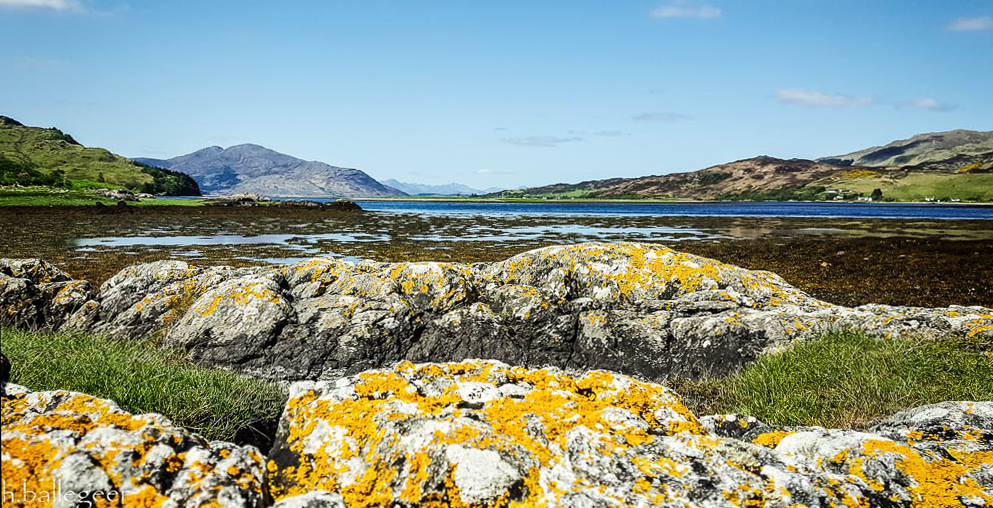

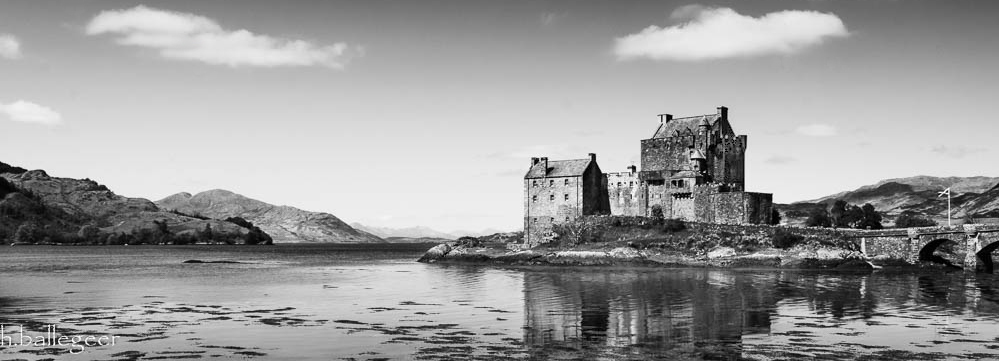
Stage 2
We arrive at Loch Ness at 9:30 am and there was not much to see..it was very foggy and there where not many good viewing Platforms on our Way…
Loch Ness
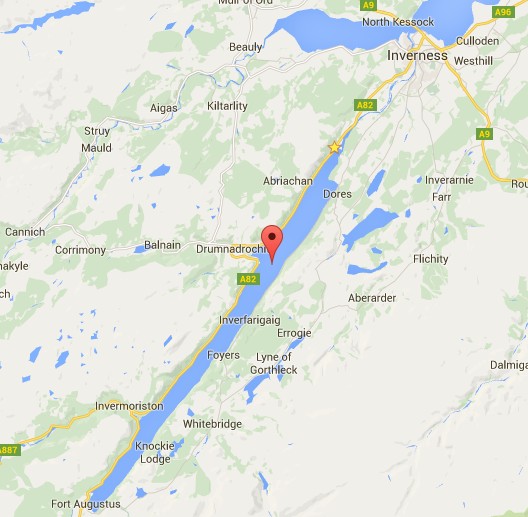
Loch Ness is a large, deep, freshwater loch in the Scottish Highlands extending for approximately 23 miles (37 km) southwest of Inverness. Its surface is 52 ft (16 m) above sea level. Loch Ness is best known for alleged sightings of the cryptozoological Loch Ness Monster, also known affectionately as “Nessie”. It is connected at the southern end by the River Oich and a section of the Caledonian Canal to Loch Oich. At the northern end there is the BonaNarrows which opens out into Loch Dochfour, which feeds the River Ness and a further section of canal to Inverness. It is one of a series of interconnected, murky bodies of water in Scotland; its water visibility is exceptionally low due to a high peat content in the surrounding soil. Loch Ness is the second largest Scottish loch by surface area at 22 sq mi (56 km2) after Loch Lomond, but due to its great depth, it is the largest by volume in the British Isles.
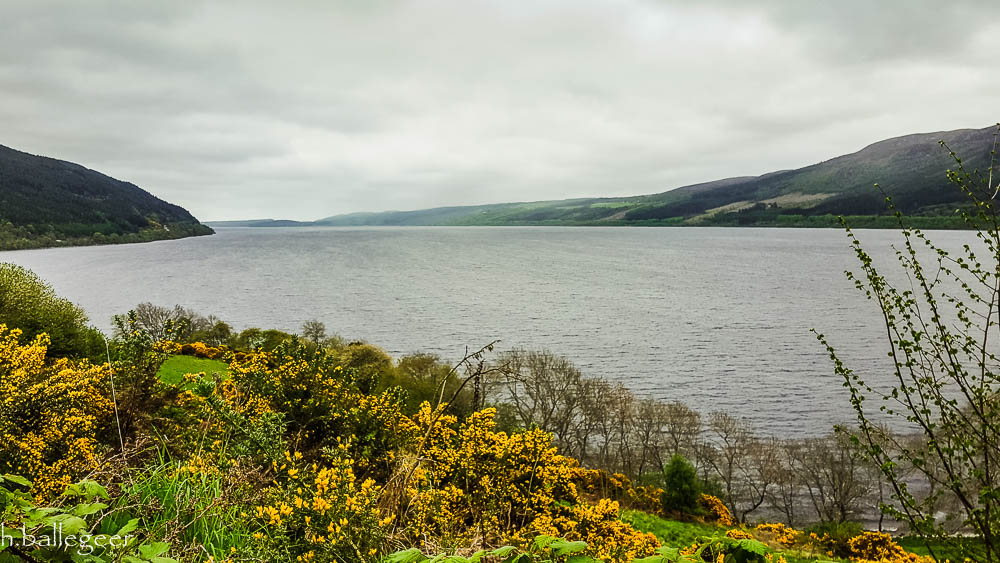
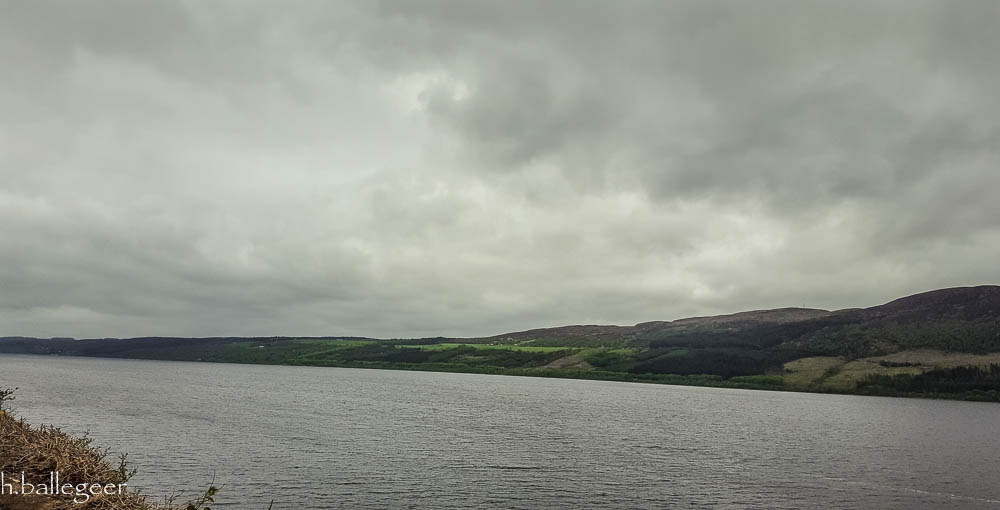
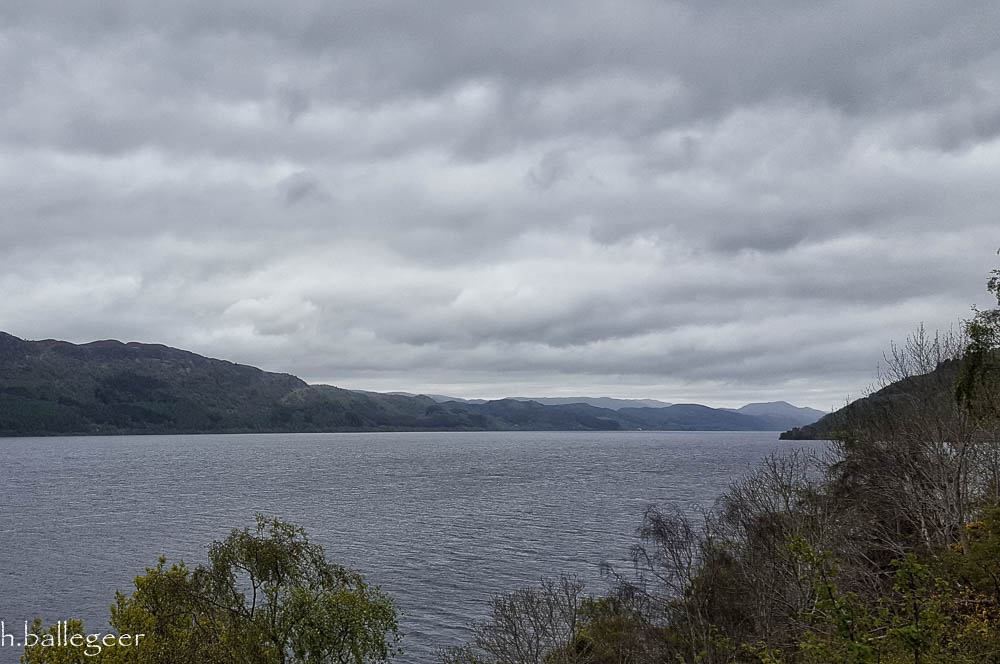
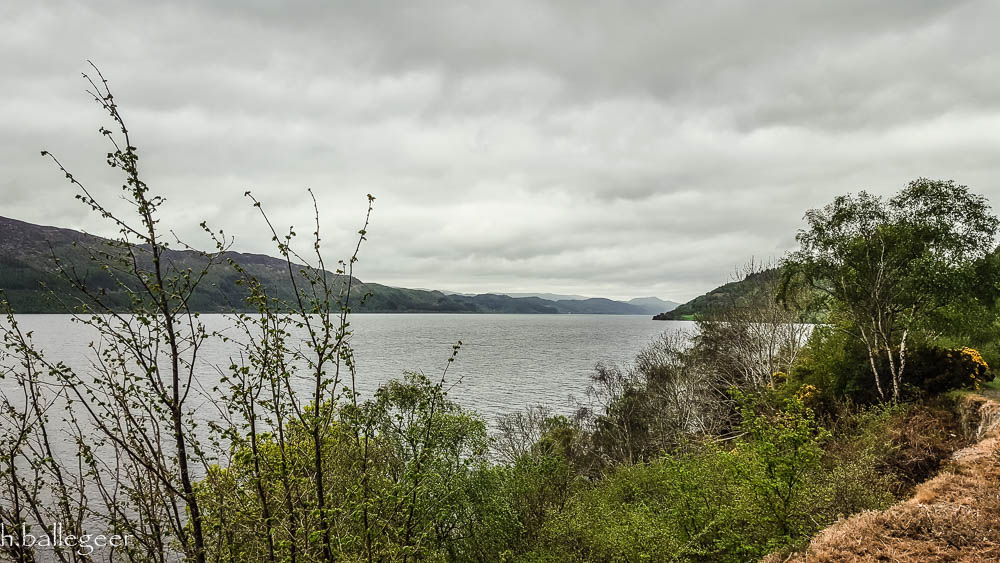
Urquhart Castle
Urquhart Castle is the most famous site in the area. The castle is in ruins but an impressive ruin with walls, four turrets and the keep. The beauty of the place coupled with its history makes it so attractive. The position of the castle at Strone Point is dramatic and commands a wide view of Loch Ness. There had been a fortress at that point from ancient times and the castle was associated with big names of Scottish history such as Saint Columba (6th century) and Robert the Bruce (12–13th century). The end came with a bang in the final years of the 17th century when it was packed with explosives and blown up to render it useless to the Jacobites.
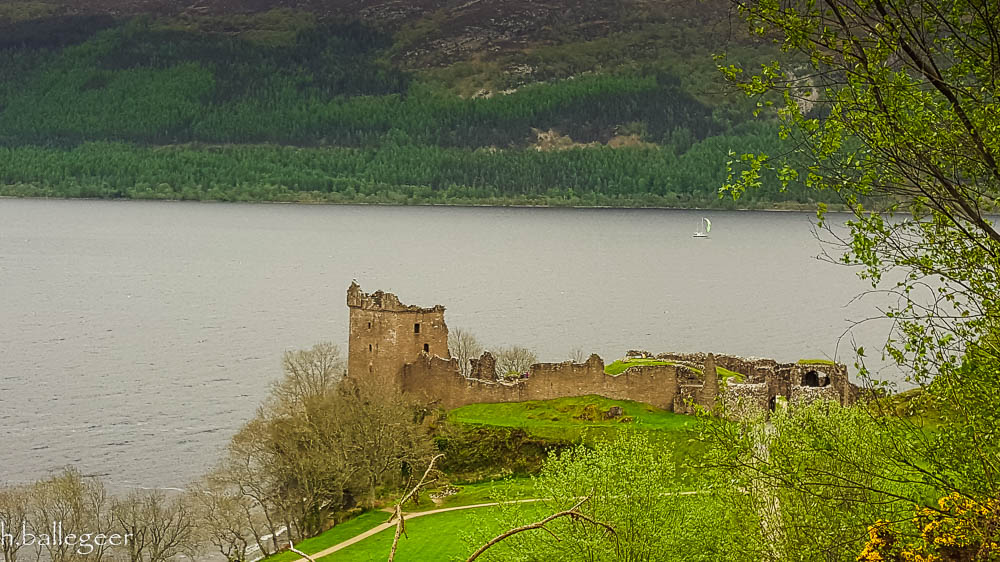
Stage 3
It was quit a View…one of these magic moments i love scotland for..
Invermoriston Falls
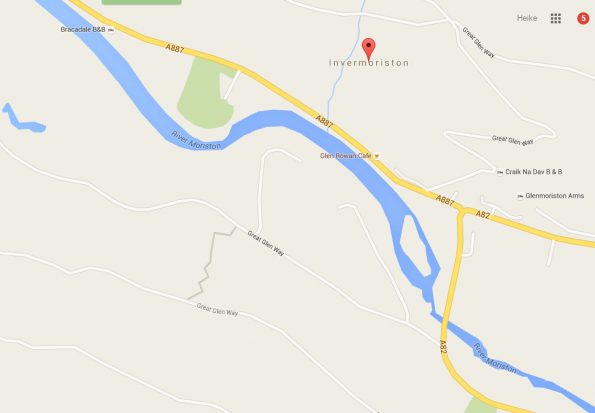
Inbhir Mhoireastain (in Gaelic) is a small village 7 miles north of Fort Augustus, Highland, Scotland. The village is on theA82 road, at a junction with the A887. The village’s most visited attraction is the Thomas Telford bridge, built in 1813, which crosses the spectacular River Moriston falls. This bridge used to form part of the main road between Drumnadrochit and Fort Augustus but was replaced in the 1930s with the new bridge used today.The River Moriston’s name means ‘river of waterfalls.
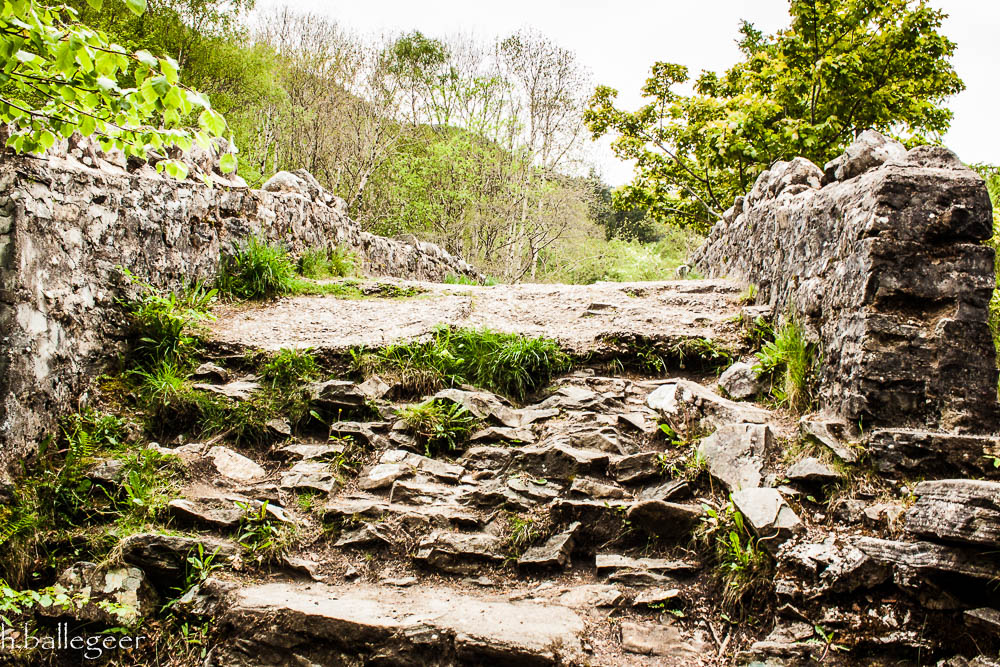
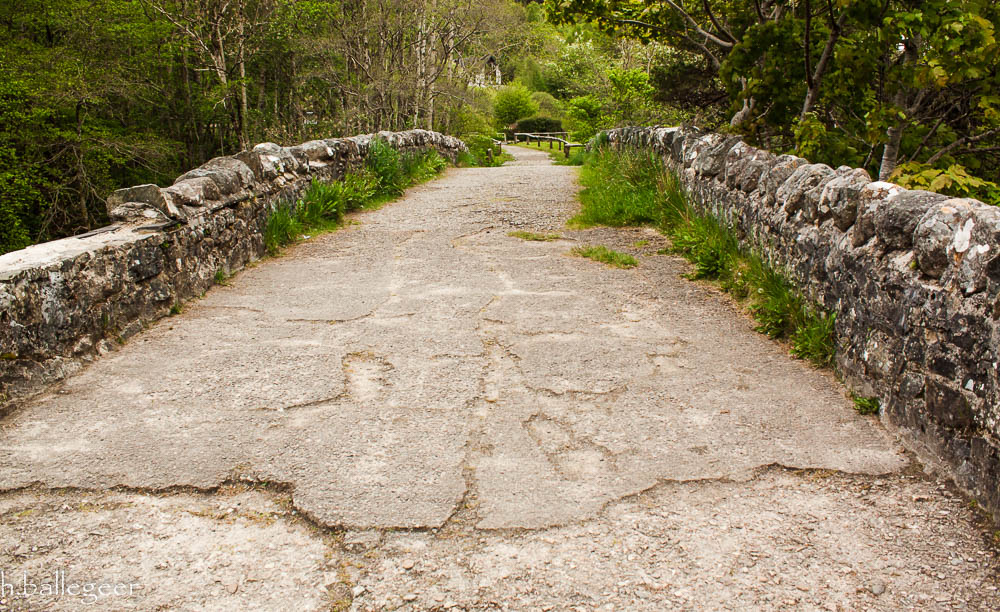
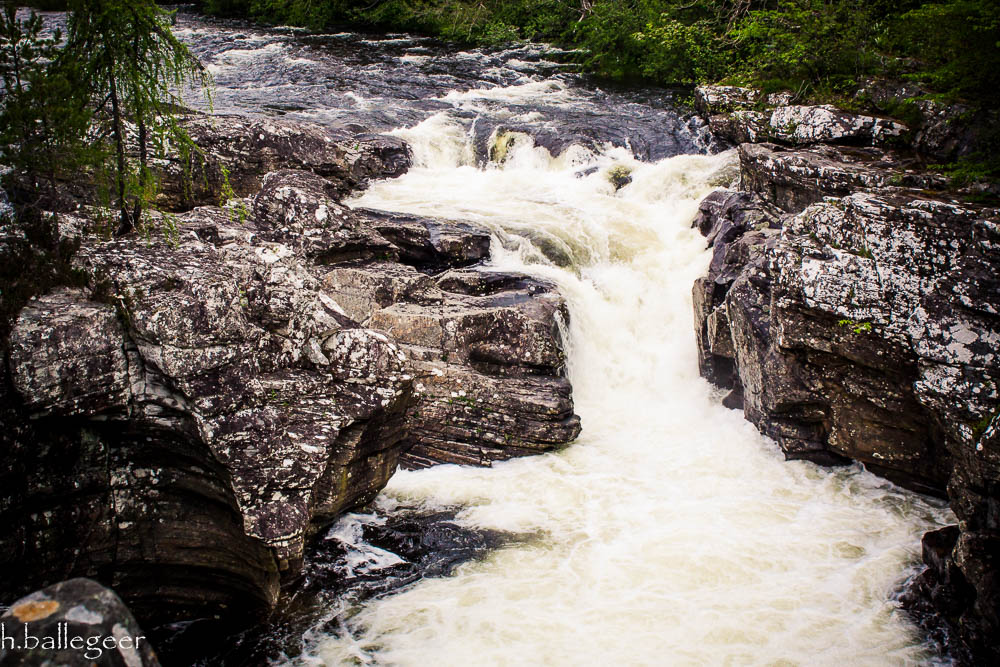
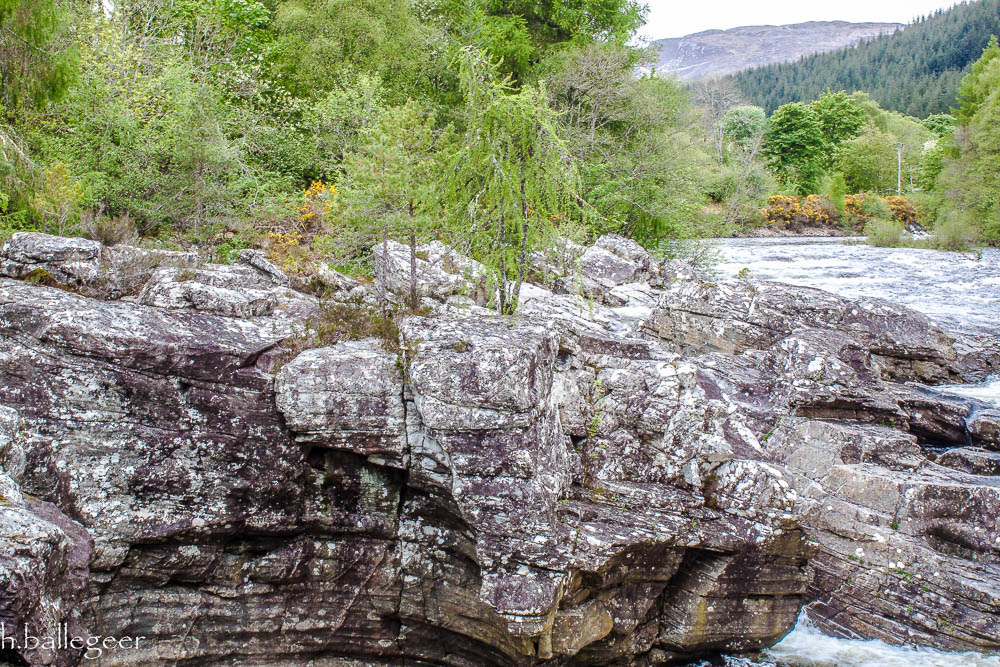
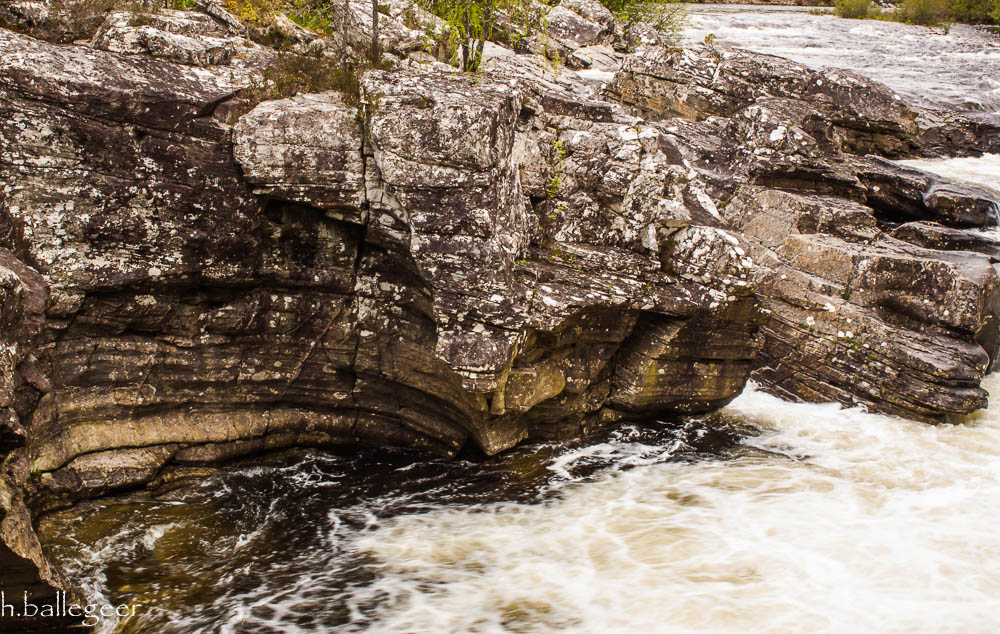
to be continued

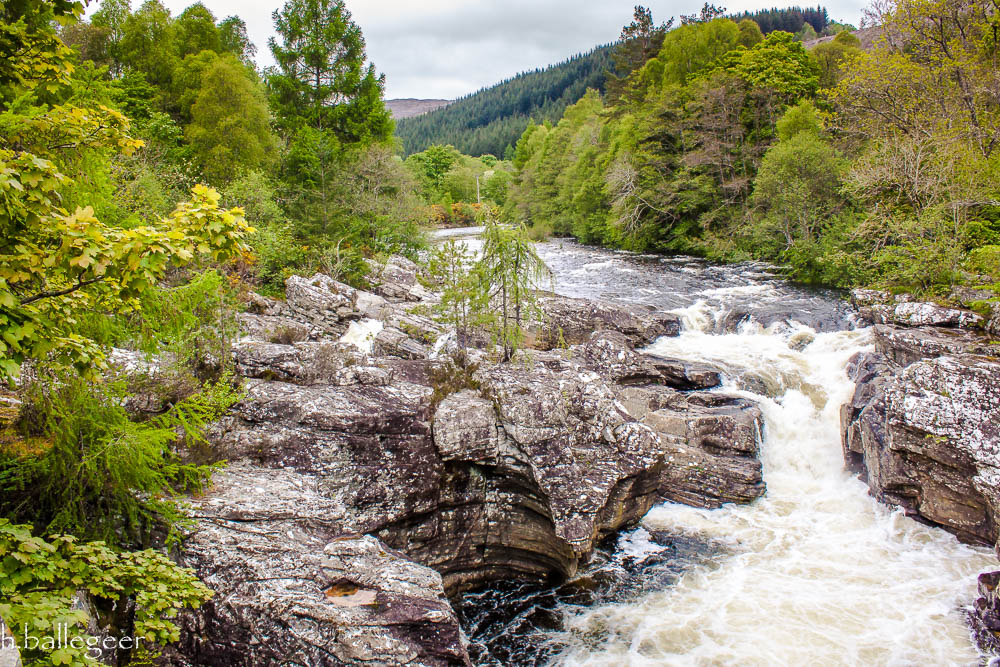
All looks wonderful Heike thank you for sharing this xx
Hi Diane..
thanks for your visit :)…glad you enjoy them as i do..